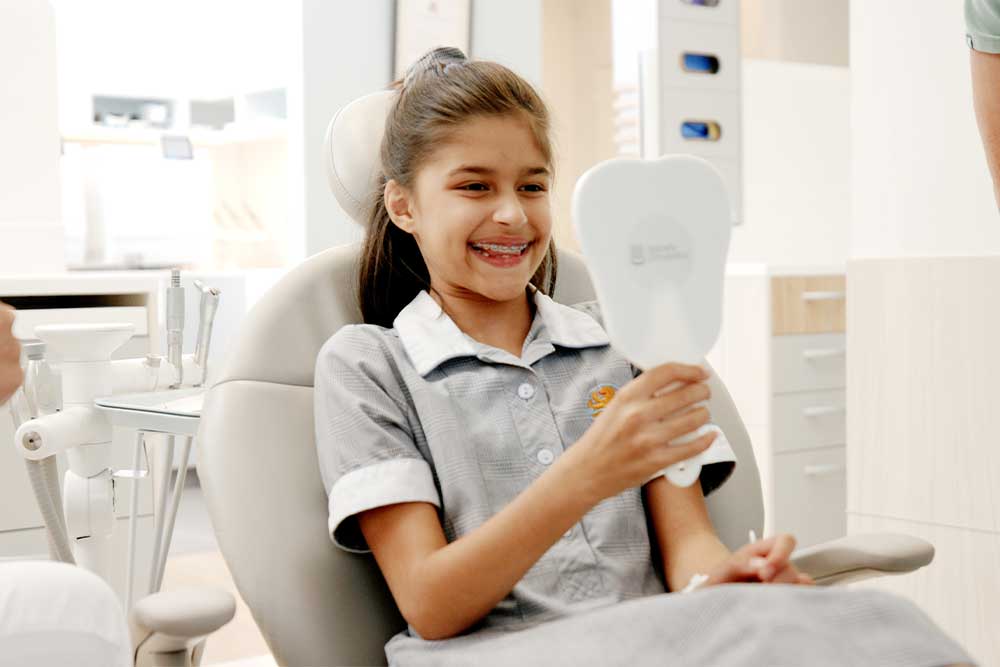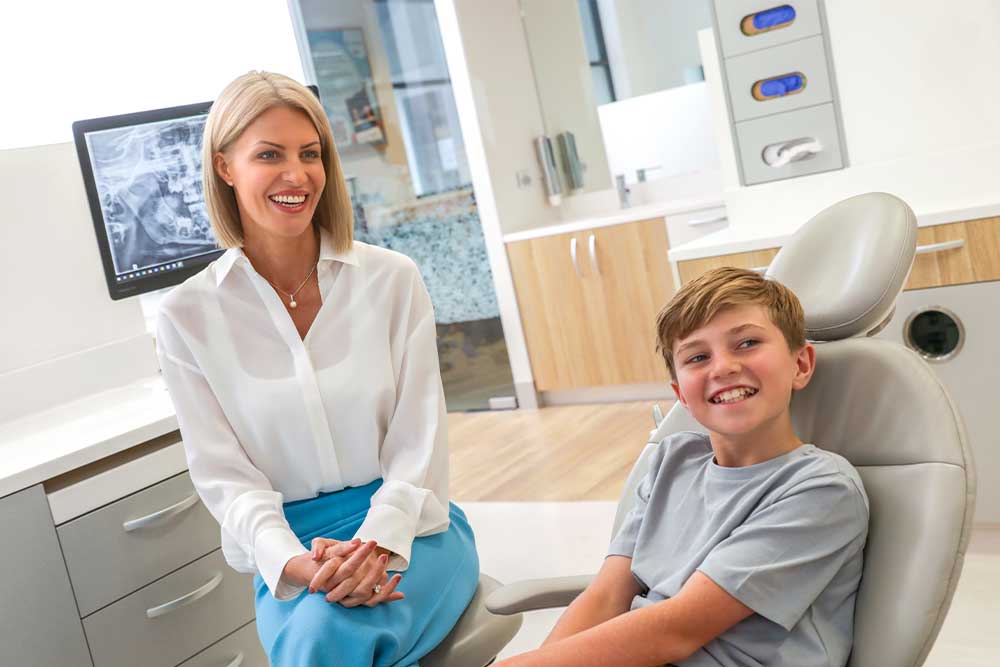Can not recommend enough. My 11yr old daughter started with another orthodontist before we found Sarah and I’m so glad she was recommend to us. What a game changer! I can honestly say her team is outstanding. They all really made her feel so comfortable and confident about her orthodontic plan. Now she looks forward to her visits and as a mother, thats all I could wish for. Smooth sailing all the way.
Specialty Orthodontics
73 Walkerville Terrace
Walkerville, SA 5081
73 Walkerville Terrace
Walkerville, SA 5081
Cnr Golden Grove Rd &,
Grenfell Rd, Surrey Downs
SA 5126, Australia
BOOK AN APPOINTMENTGrenfell Rd, Surrey Downs
SA 5126, Australia





